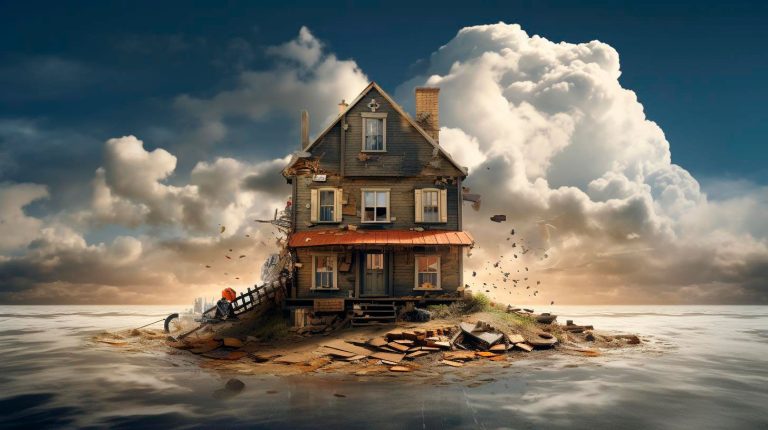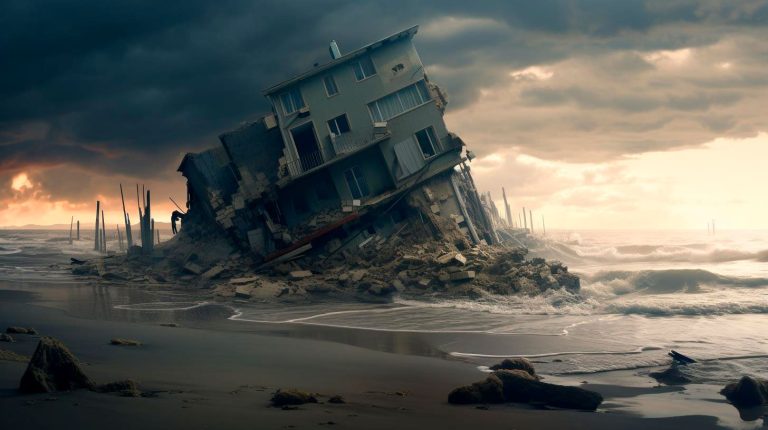In this article, we will dive deep into the world of wide-angle lenses, their advantages, and key takeaways that every photography enthusiast should know.
What are Wide-Angle Lenses?
Wide-angle lenses, as the name suggests, have a wider field of view compared to standard lenses. They are commonly defined as lenses with a focal length less than 35mm for a full-frame camera. These lenses are designed to capture a broader perspective while maintaining sharpness across the frame.
Advantages of Wide-Angle Lenses:
- Expansive Field of View: Wide-angle lenses allow you to capture more of the scene in a single frame. Whether it’s a majestic landscape or an architectural marvel, it helps you fit everything into the picture.
- Enhanced Depth and Perspective: Wide-angle lenses exaggerate the perspective, making objects in the foreground appear larger while maintaining the background elements in the frame. This creates a sense of depth and adds visual interest to your photos.
- Great for Close-Up Shots: Wide-angle lenses excel in close-up shots, allowing you to get closer to your subjects while still including the surrounding environment. This is especially useful in street photography or capturing the small details in a scene.
- Low Light Performance: Many wide-angle lenses have wider apertures, allowing more light to enter the camera. This improves low light performance and makes them suitable for indoor photography or capturing the night sky.
- Unique Distortion Effects: Wide-angle lenses often introduce a slight distortion, commonly known as barrel distortion. While this can be corrected in post-processing, some photographers embrace this effect as it adds a creative touch to their images.
Key Takeaways for Wide-Angle Lens Usage:
- Choose the Right Focal Length: Before buying a wide-angle lens, consider the focal length based on your camera’s sensor size and the type of photography you enjoy. Focal lengths around 24-35mm are versatile for capturing landscapes, while shorter focal lengths such as 14-24mm are suitable for extreme wide-angle shots.
- Control Distortion: While distortion can be interesting, it might not always be desirable. Experiment with different compositions and techniques to control and use the distortion to your advantage.
- Compose Wisely: With a wider field of view, it’s important to pay attention to the composition. Incorporate strong foreground elements, leading lines, or natural frames to create visually compelling images.
- Experiment with Perspectives: Wide-angle lenses allow you to explore unique perspectives by getting close to your subject. Play with different angles and distances to create dynamic and captivating shots.
- Use Filters to Control Light: Wide-angle lenses often have a bulbous front element, making it tricky to use regular screw-on filters. Consider investing in filter systems specifically designed for wide-angle lenses to control light and enhance your images.
In conclusion, wide-angle lenses are an invaluable tool for photographers who want to capture stunning landscapes, architecture, or creative close-up shots. With their expansive field of view and unique perspective, these lenses offer exciting possibilities for creative compositions. Remember to consider the right focal length, experiment with perspectives, and control distortion to make the most out of your wide-angle lens. So, get out there, explore the world of wide-angle lenses, and capture breathtaking moments like never before!


















+ There are no comments
Add yours